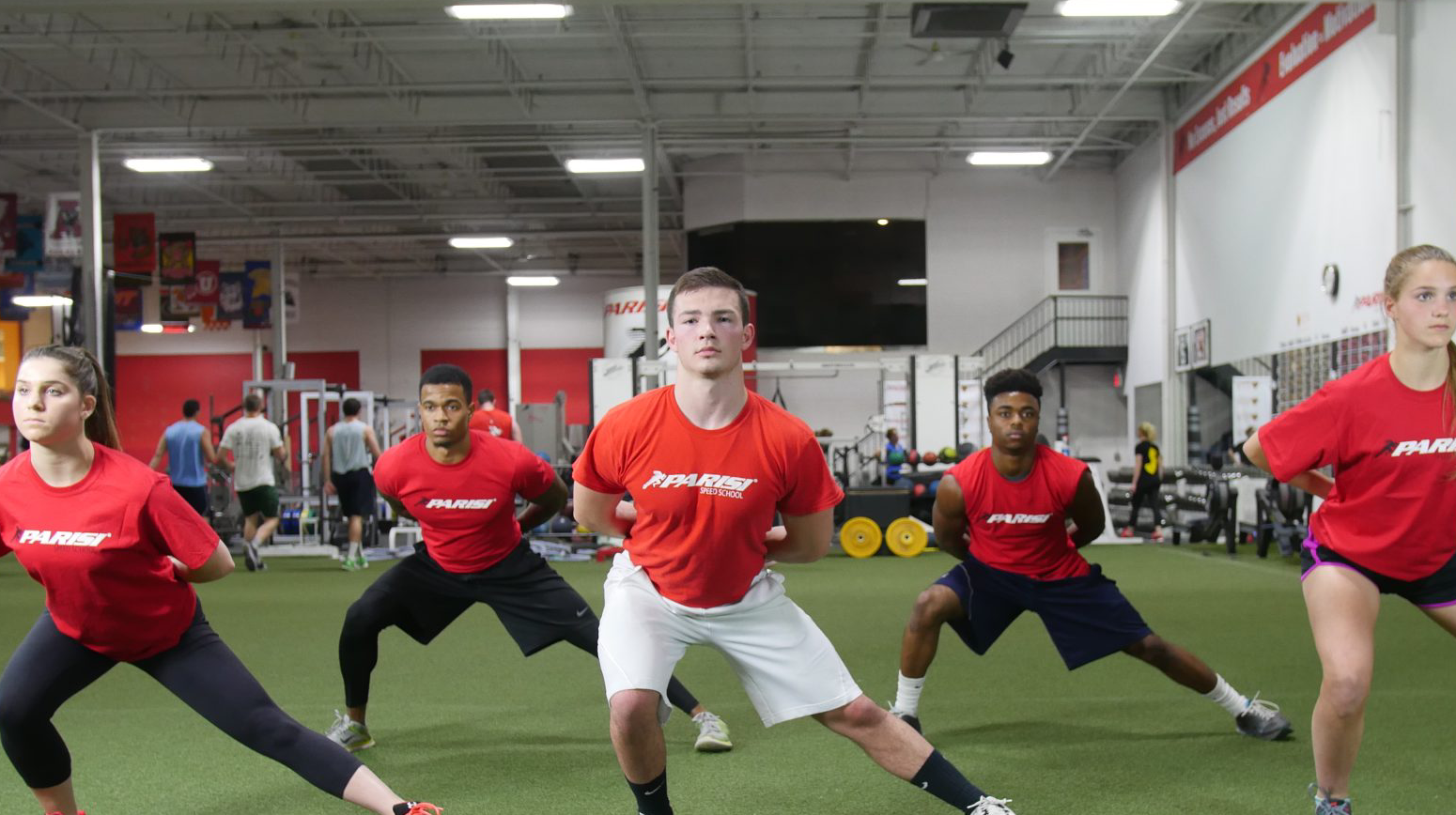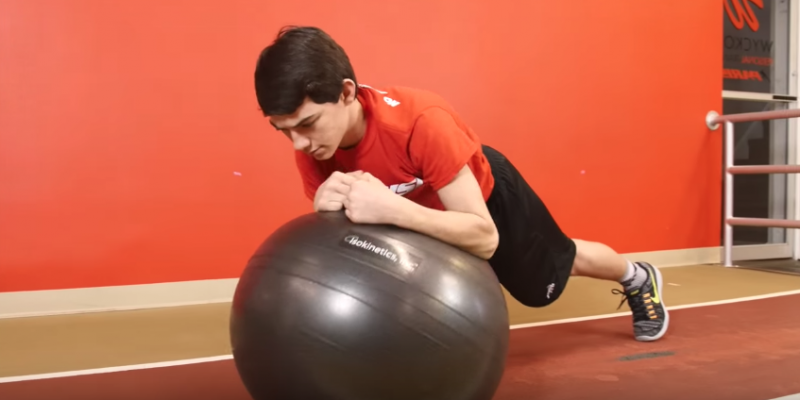The Question: How do we get our athletes to become stronger and more powerful while also preventing injury?
The Answer: Proximal Stiffness
What is Proximal Stiffness?
Proximal Stiffness is a term coined by Dr. Stuart McGill, PhD, world-renowned Back Mechanic and professor of biomechanics. Proximal Stiffness is the stiffening of the core between the hips and shoulder joints to produce higher limb speed and force.
Stiffness is a crucial component in preventing injury and producing power. When loads are put on the muscles, they contract. When muscles contract, they create force (power) and stiffness. This stiffness in the joints is what prevents your muscles from buckling from the weight or pressure of the load.
Proximal stiffness controls limb speed for throwing, running and directional change. If you learn how to control proximal stiffness, you will be able to generate more speed and force when performing these movements.
Proximal stiffness also helps prevent injury because it prevents the spine and other muscles/joints from bending or buckling under load. Proximal stiffness leads to less spine injuries and back pain as well as hip, knee, shoulder and other common injuries.
Proximal Stiffness can be developed through foundation, stationary and movement exercises. Check out our latest post so you can start implementing these movements today.


 Atlantic Health Medicine Series: Health Habits & Back Hygiene
Atlantic Health Medicine Series: Health Habits & Back Hygiene